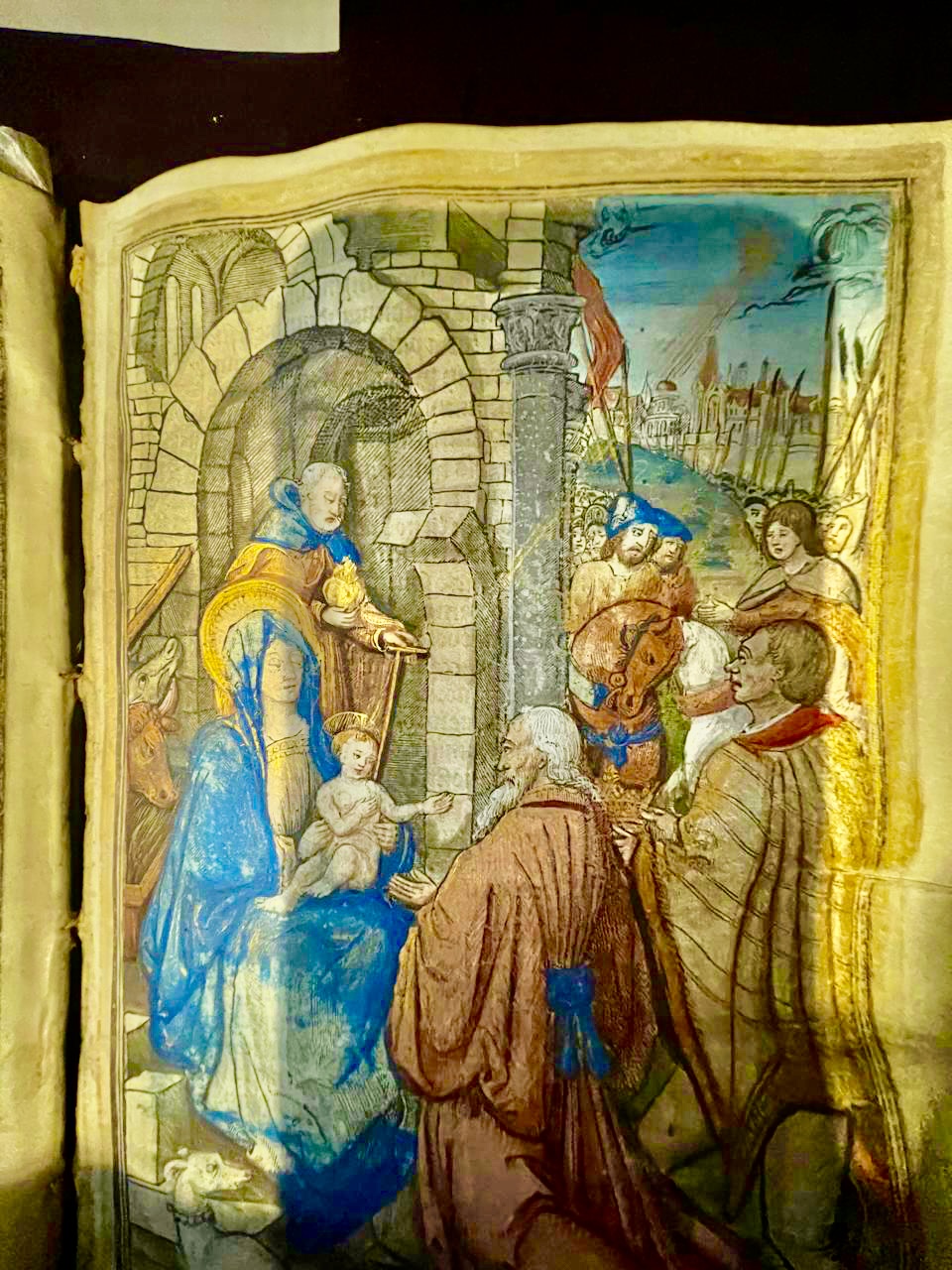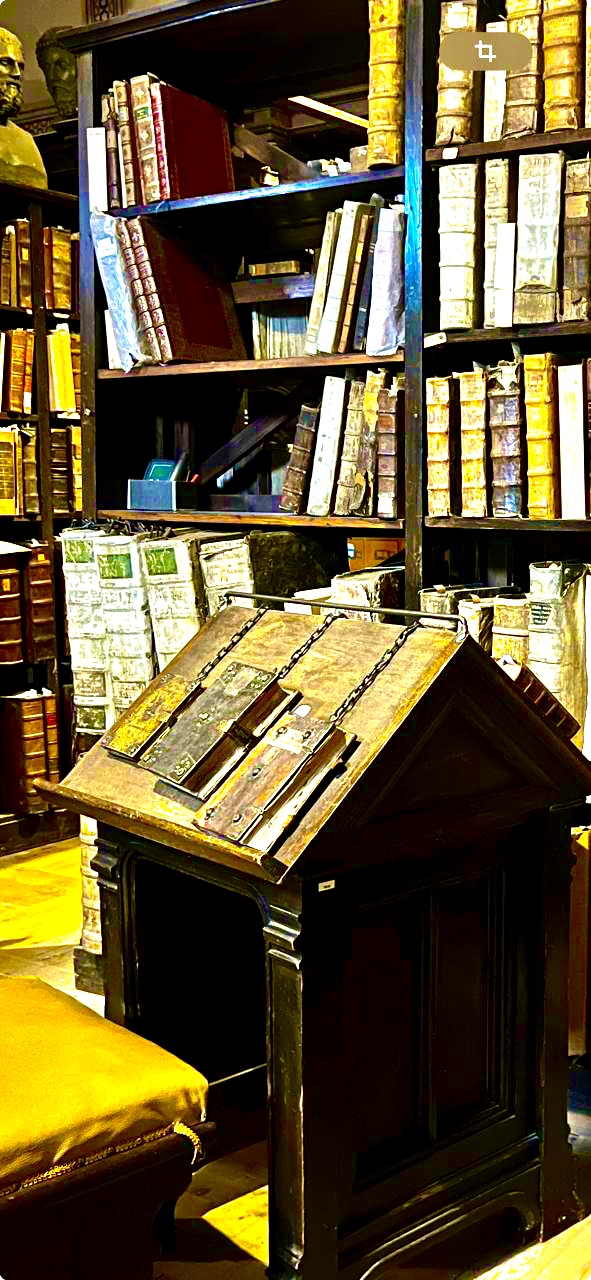The Russian National Library: A Treasure of Knowledge and History

Founded by Empress Catherine the Great in 1795, the Russian National Library in St. Petersburg holds the honor of being the first public library in Russia. Today, it ranks among the five largest libraries in the world, with a collection that spans centuries and continents.
This remarkable institution is not just vast—it's fascinating. Its departments house rare manuscripts, ancient maps, works of art, and countless unique materials. One of the most captivating sections is the Faust Department, named after the legendary first printed book by Gutenberg. Here, visitors can explore printed works dating back to the 15th century, when book printing first began in Europe. Holding these early editions feels like touching the very dawn of modern literature.
The library's mission has always been to make knowledge accessible to all. Whether you're a scholar, a curious traveler, or a lover of history, the Russian National Library offers an unforgettable journey through time, culture, and human thought.
It's not just a building—it's a living archive of civilization.
A Sanctuary of Incunabula and Intellectual Splendor

Among its most treasured holdings is a breathtaking collection of incunabula—books printed before the year 1501, during the infancy of movable type printing. These rare volumes, many of which are housed in the renowned Faust Department, offer a glimpse into the dawn of the printed word. Richly preserved and meticulously cataloged, they include early editions of theological treatises, scientific texts, and literary works that shaped the intellectual landscape of Europe.
The library's departments span a dazzling array of disciplines, from ancient maps and manuscripts to fine art and cultural artifacts. Each corner invites exploration, each shelf whispers stories centuries old.
To walk through its halls is to journey through time—guided by ink, parchment, and the enduring spirit of discovery.
Etymology of "Incunabula"
The word incunabula comes from Latin incunabula, meaning "swaddling clothes" or "cradle." It refers metaphorically to the "cradle period" of printing—books produced in the earliest stages of the printing press era, before 1501. The term was popularized in the 17th century by bibliographers seeking to distinguish these pioneering works from later printed materials. Today, incunabula are revered not only for their rarity but for their role in shaping the intellectual birth of modern Europe